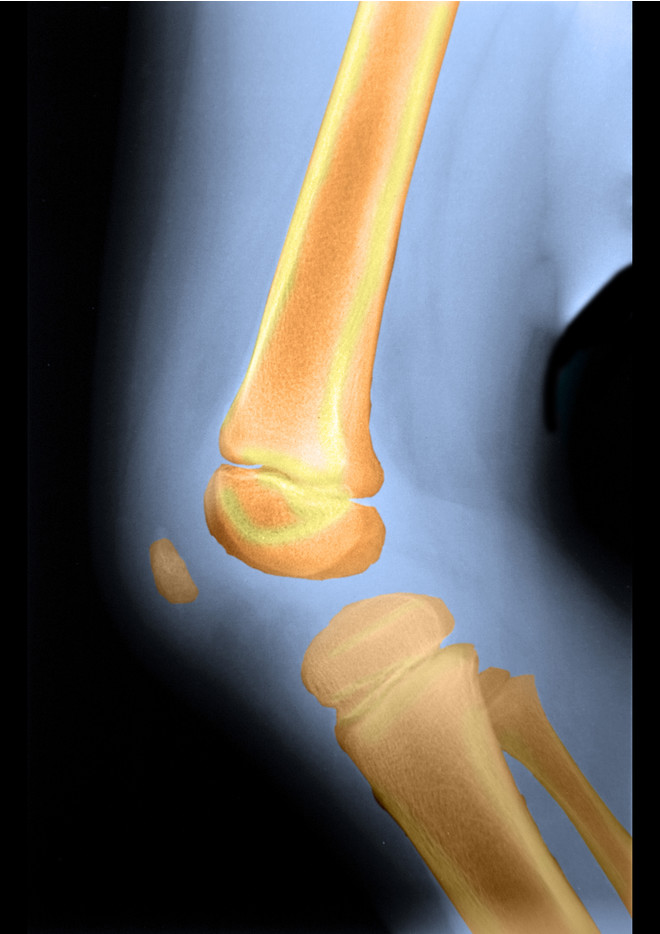 Hypermobility of joints can be eitherA constitutional feature and a consequence of a hereditary disease. Photo: Getty If a child demonstrates phenomenal flexibility, do not rush to give it to the gymnastics club, it may be unsafe for his health.
Hypermobility of joints can be eitherA constitutional feature and a consequence of a hereditary disease. Photo: Getty If a child demonstrates phenomenal flexibility, do not rush to give it to the gymnastics club, it may be unsafe for his health.
Symptoms of joint hypermobility
Excessive joint mobility is determined by the Beighton flexibility test. The diagnosis can be made if three or more of the following signs are present:
Also indirect signs of hypermobilitycan be considered pronounced flat feet, valgus foot deformity, as well as other deformations of the musculoskeletal system and posture disorders; frequent dislocations and sprains, pain, aches and crunching in the joints. Hypermobility of the joints in children is often due to the peculiarities of development and fully passes with age. Photo: Getty
Hypermobility of the joints in children is often due to the peculiarities of development and fully passes with age. Photo: Getty
How to treat hypermobility syndrome in children?
If excessive flexibility of joints is nota consequence of any disease, but only a constitutional feature and a variant of the age norm, no special treatment is required. However, children with hypermobility are recommended to adhere to a special regimen so as not to injure the joints and ligaments:
- Moderate physical activity. Age-appropriate physical exercise will help strengthen the muscular corset and ligaments.
- Gentle types of physical activity.Children with hypermobility should not engage in sports that involve additional stress on the joints: swimming is better preferred to gymnastics, acrobatics, and equestrian sports.
- Orthopedic support. To prevent the development of flat feet, you should wear special shoes with increased ankle support and orthopedic insoles.
Neglecting to follow the regime is dangerous:Joint hypermobility in children can cause pain, injuries, arthritis, arthrosis and other diseases of the musculoskeletal system. If excessive mobility is a consequence of a systemic disease, more serious treatment prescribed by a specialist doctor will be required. It is also useful to know:









